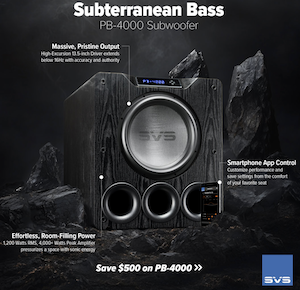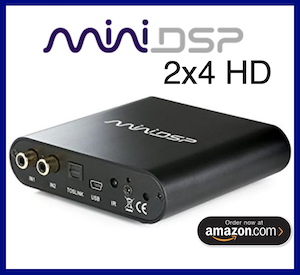men5j2s
Registered
Thread Starter
- Joined
- Feb 15, 2019
- Posts
- 1
More
- Main Amp
- denon AVR-X 1000
- Front Speakers
- B&W 685 S2
- Center Channel Speaker
- B&W HTM6 S2
- Surround Back Speakers
- Cambridge Audio Minx 12
- Subwoofers
- B&W PV1 D
- Screen
- Loewe Art 50
- Remote Control
- Loewe Assist
Hi all,
I'm a mechanical engineer looking to do some acoustic analysis of a small device.
I cant declare what it is that I am working on due to confidentiality, but I have a pretty solid analogy for it.
Imagine a train conductors whistle, which has a cork ball in it to create that signature oscillating sound that the Acme thunderer has (google it if you don't know).
I have a vacuum pump applying constant suction to the whistle at different flow rates (tunable by me); the vacuum pump sounds like a traditional hoover (because that's where I got the motor from).
So... here's my problem...
I want to try to quantify the frequency of the oscillation of the cork ball in the whistle - or at the very least, be able to discern if it is or isn't oscillating, and perhaps some measure of its intensity.
The vacuum motor is very close and hence there is a lot of background noise, but I know for sure that when I get the oscillation there is a new peak at around 11KHz, that changes in shape dependent on the speed of the oscillation. but how can I use REW to remove that vacuum noise?
I could do a recording for a minute at a time for example and take averages, or whatever it takes, but I've never really used this kit before or done any type of serious spectral analysis.
P.S I'm using a Dayton Audio UMM 6 mic with the calibration file.
Any and all help is welcome and appreciated, but please keep it simple for me
I'm a mechanical engineer looking to do some acoustic analysis of a small device.
I cant declare what it is that I am working on due to confidentiality, but I have a pretty solid analogy for it.
Imagine a train conductors whistle, which has a cork ball in it to create that signature oscillating sound that the Acme thunderer has (google it if you don't know).
I have a vacuum pump applying constant suction to the whistle at different flow rates (tunable by me); the vacuum pump sounds like a traditional hoover (because that's where I got the motor from).
So... here's my problem...
I want to try to quantify the frequency of the oscillation of the cork ball in the whistle - or at the very least, be able to discern if it is or isn't oscillating, and perhaps some measure of its intensity.
The vacuum motor is very close and hence there is a lot of background noise, but I know for sure that when I get the oscillation there is a new peak at around 11KHz, that changes in shape dependent on the speed of the oscillation. but how can I use REW to remove that vacuum noise?
I could do a recording for a minute at a time for example and take averages, or whatever it takes, but I've never really used this kit before or done any type of serious spectral analysis.
P.S I'm using a Dayton Audio UMM 6 mic with the calibration file.
Any and all help is welcome and appreciated, but please keep it simple for me












